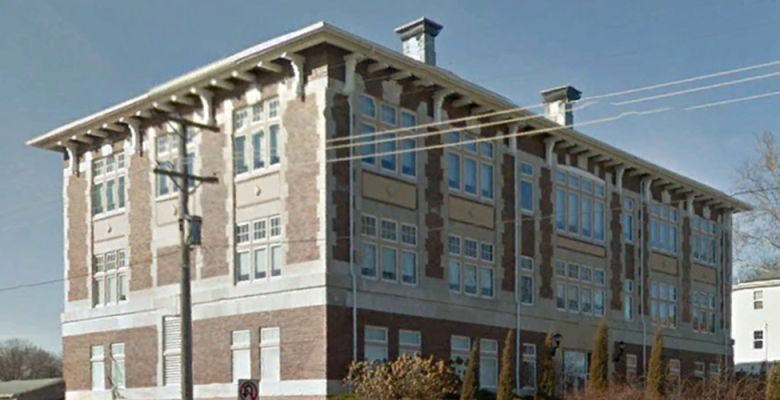Square Feet: 20,000 | 55%+ in overall electrical savings.
Classic Hall is a 100-year-old music and fine arts building on the Central Methodist University Campus in Fayette Missouri. This building is the home of the music department and has classrooms, galleries, practice and performance spaces, as well as offices and classrooms. The art and performance spaces (about 35% of the building) have specific humidity requirements.
Central Methodist University contacted Energy Resources Group (ERG) seeking assistance diagnosing issues surrounding the operation of Classic Hall after a recent renovation did not produce the expected energy savings.
ERG revalidated needed capacity by conducting a building loads analysis, conducted a retro-commissioning study, evaluated the controls contractor’s implementation of the RCx recommendations, and subsequently – after hiring Dennis Strubberg – was directly involved in the reprogramming of the Andover BAS.
ERG discovered that the existing equipment was significantly oversized, which was causing problems with short-cycling of DX compressors and preventing effective humidity control. The controls were also programmed for comfort without consideration for energy efficiency.
The primary system changes made that resulted in the energy efficiency improvements were:
- Installation of dampers to improve humidity control when staging oversized air-handlers.
- Identification and removal of physical airflow restrictions.
- Reduction of unnecessary makeup air for the toilet exhaust.
- Removal of Outside Air Enthalpy settings that were causing unnecessary DX cooling, and improvement of outside air economizer function.
- Reset of duct static pressure to follow terminal box demand.
- Discharge air temperature reset allowing up to 70°F DAT.
- Corrected errors in heat pump hot water programming.
- Reducing minimum airflows for Terminal Boxes to required minimum ventilation standards rather than arbitrary minima.
- Reprogramming Terminal Boxes to follow airflow rather than damper position.
- Relink CO sensors and reprogram for correct system response.
- Properly utilize the OA preheat coil to reduce heating at the terminal boxes and airflow.
The system reprogramming was competed in June 2018, and the savings are clearly shown in the instantaneous kW data available from the Andover BAS system.
Figure 1, below, illustrates the usage profile before the retro-commissioning effort. The effective temperature split point was 35°F, which is unusual, and an indicator of poor performance. The practically flat profile above thirty degrees indicated the presence of sub-cooling counteracted by reheat. Reprogramming the Andover system effectively eliminated both sides of the subcooling/reheat coin, improved the operation of the system dramatically, and had a substantial impact on the energy usage of the building. Adjusting the sequence of operations so that the system accurately tracks both the internal and external conditions of the building provides better thermal comfort and decreases energy usage.
 The Post-RCx regression in Figure 2 shows the new electrical usage profile for the building. These data show typical weather dependence patterns (more usage as temperatures are hotter and colder), and an operational change-over point of 55˚F.
The Post-RCx regression in Figure 2 shows the new electrical usage profile for the building. These data show typical weather dependence patterns (more usage as temperatures are hotter and colder), and an operational change-over point of 55˚F.
From the above charts it is apparent that the average daily kWh usage dropped significantly for both cool and warm weather periods. By properly calibrating the system, Classic Hall went from 579,000 kWh in a normal-weather year to now using 259,000 kWh. This is a 55.4% reduction. The RCxMs implemented resulted in savings of $26,000 per year, or 55%.






